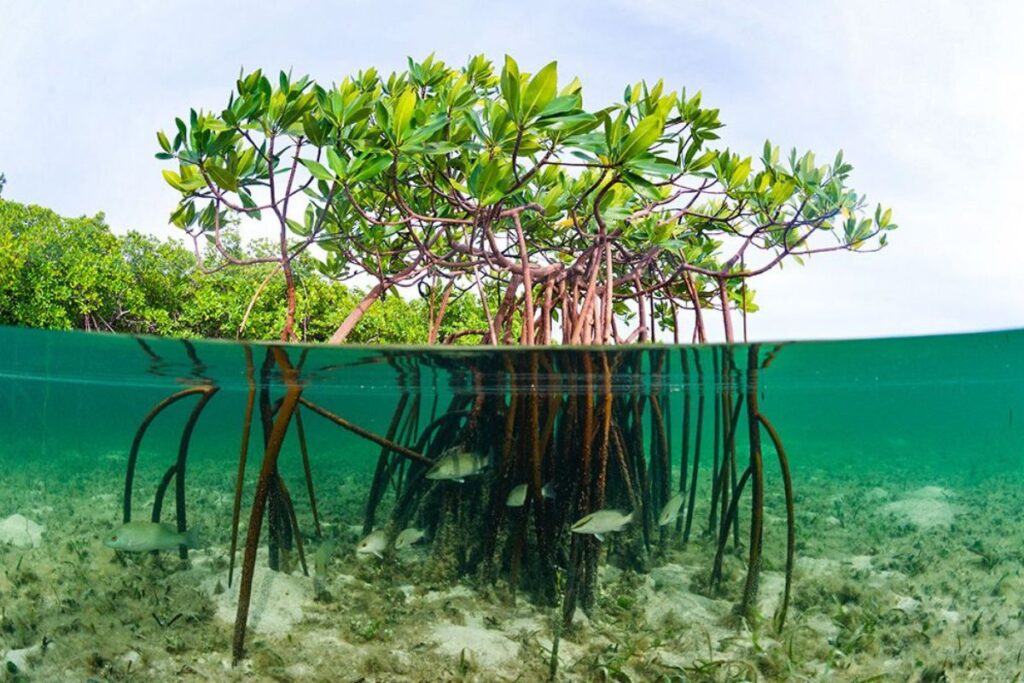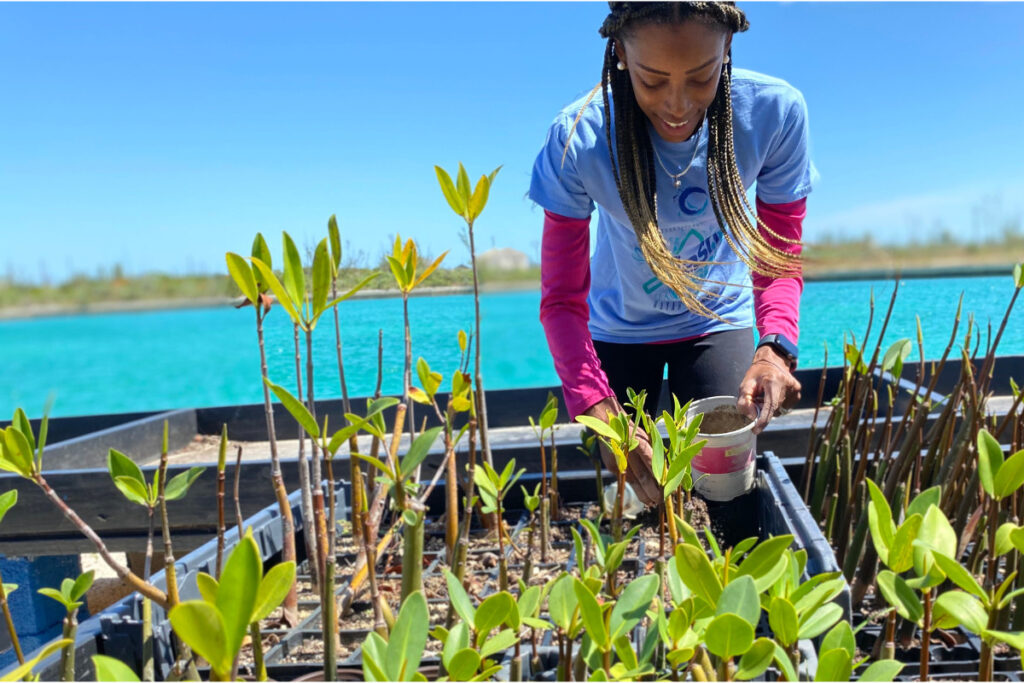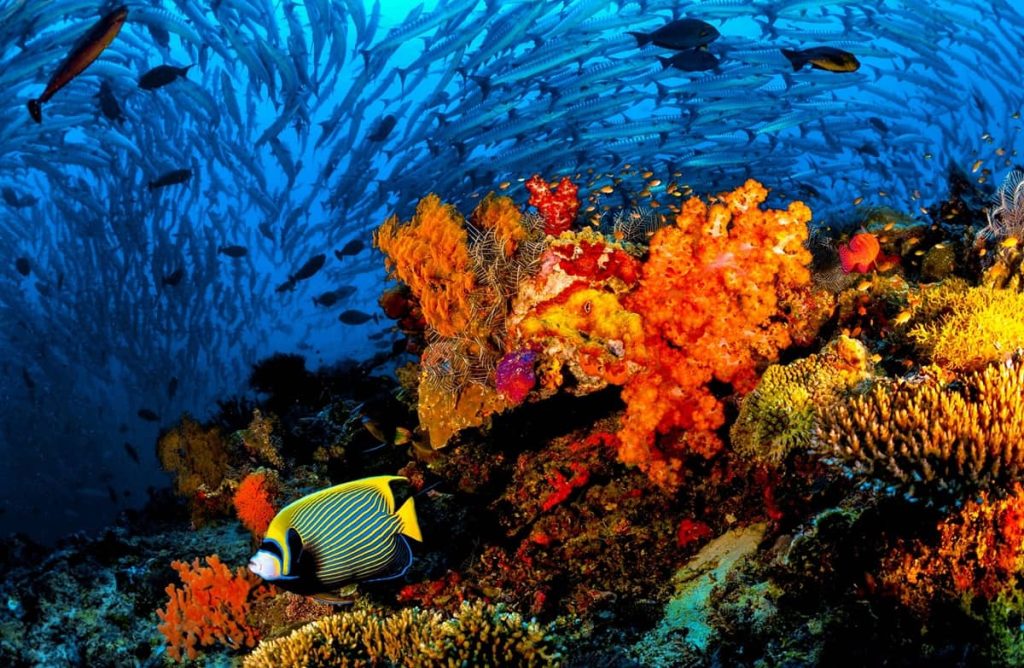The Bayahibe Rose (Rosa de Bayahibe Rose in Spanish), or “Leuenbergeria quisqueyana” as it is scientifically known, is the national flower of the Dominican Republic. The Bayahibe Rose is a cactus that has pink or rose-colored petals and grows on the edges of limestone cliffs.
The flower is part of the Pereskia genus, which is unique among cacti because it has leaves, unlike most other species in the cactus family. Already, it is quite unique, but why is it the Dominican Republic’s national flower?
Why is the Bayahibe Rose so important?
This special flower is found only in the area around the town of Bayahibe, hence its name. Discovered in 1977 by the French botanist Alain Liogier, it was designated as a new species for science in 1980. The plant can grow up to 6 meters and blooms twice per year. It was declared the national flower of the Dominican Republic by law in 2011.
One of the biggest threats to the Bayahibe Rose is deforestation. As the Dominican Republic’s economy has grown, more land has been cleared for agriculture and urbanization. This has resulted in the destruction of the Bayahibe Rose’s natural habitat, as well as the habitats of many other species that depend on it. In addition, climate change is also affecting the Bayahibe Rose. Rising temperatures and changing weather patterns are making it harder for the plant to survive in its native environment. The flower is so threatened that it is currently listed on the IUCN Red List, and its status is listed as Critically Endangered.
Can the Bayahibe Rose be saved and how?
What if locals were proud of their national flower and helped to save it? That was a question that Fondo MARENA, a non-profit organization dedicated to the conservation of marine and terrestrial ecosystems in the Dominican Republic, sought to answer. The organization has since implemented several initiatives to save the Bayahibe Rose from extinction.
Fondo MARENA launched an education and awareness campaign aimed at local communities and tourists alike that promoted the importance of conserving the Bayahibe Rose and its habitat. The flower now appears frequently on souvenir items such as hats, bags and clothes. By partnering with local schools and community organizations to provide educational materials and activities that teach people about the importance of the Bayahibe Rose and the ecosystems it inhabits, Dominicans now recognize, reproduce and care for the flower. There were planting events, environmental education activities and even a short film and documentary were produced about the national flower.
As more stakeholders from civil society joined the campaign, the project to save the Bayahibe Rose ramped up a notch with the signing of an Agreement between Fondo MARENA and the National Botanical Garden in August 2021, to create a nursery and protected area for the Bayahibe rose in the National Botanical Gardens in Santo Domingo, where all visitors can learn more about this national flower and enjoy its beauty. The nursery can accommodate up to 4,000 plants.
What does a musician have in common with a national flower?
As the popularity of the Bayahibe Rose grew, the flower caught the attention of a famous Dominican musician Riccie Oriach who reached out to Fondo MARENA to help them with their work. In 2022, he held a concert and gave 100 Bayahibe Rose plants to guests who wanted to save this national flower, now a treasure of the Dominican people.
Has Fondo MARENA saved the Dominican Republic’s national flower from extinction?
So far, everything’s coming up Bayahibe Roses, but the fight continues to save the flower from extinction. Fondo MARENA has hired a national expert to update the status of the Bayahibe Rose on the IUCN Red List of endangered species. At a future date, the results of this research will be presented to the general public.
The efforts undertaken by Fondo MARENA to conserve the Bayahibe Rose are essential for the survival of this iconic flower and the ecosystems it inhabits. The Bayahibe Rose is not only an important cultural symbol but also a vital component of the Dominican Republic’s biodiversity. The success of these projects will depend on the cooperation of local communities, tourists, and other stakeholders who are working to conserve the Bayahibe region’s ecosystems for years to come.
Fondo MARENA has been a National Conservation Trust Fund partner of the CBF since 2016. Over the years, Fondo MARENA has financed 12 projects to date in areas related to community governance in the management of natural resources in and around Protected Areas ; the conservation, protection and increased public awareness of the Bayahibe Rose (Dominican Republic’s national flower); the design and construction of the Marine Mammal Sanctuary Estero Hondo; as well as other environmental education and awareness initiatives. As at 31 Dec 2022, the CBF has disbursed USD 1,344,149 to Fondo MARENA in support of its mission to manage and finance environmental initiatives that contribute to the protection and conservation of the environment and in particular in Protected Areas of the country.
For more information on the projects established to revive this national flower explore the links below:






